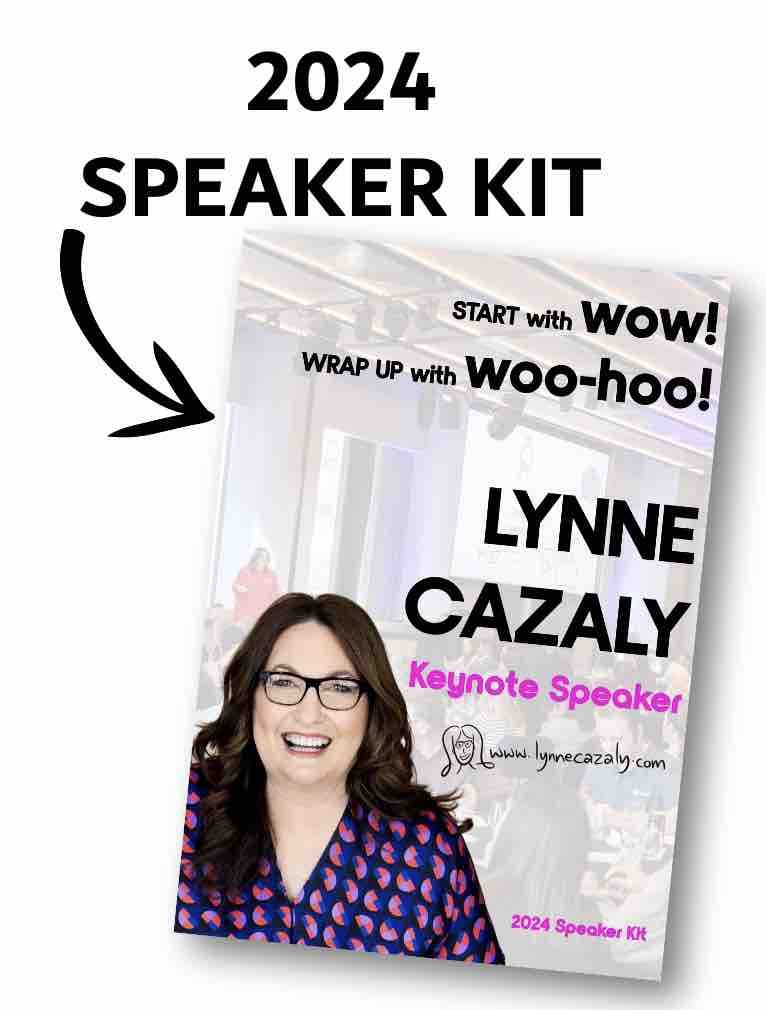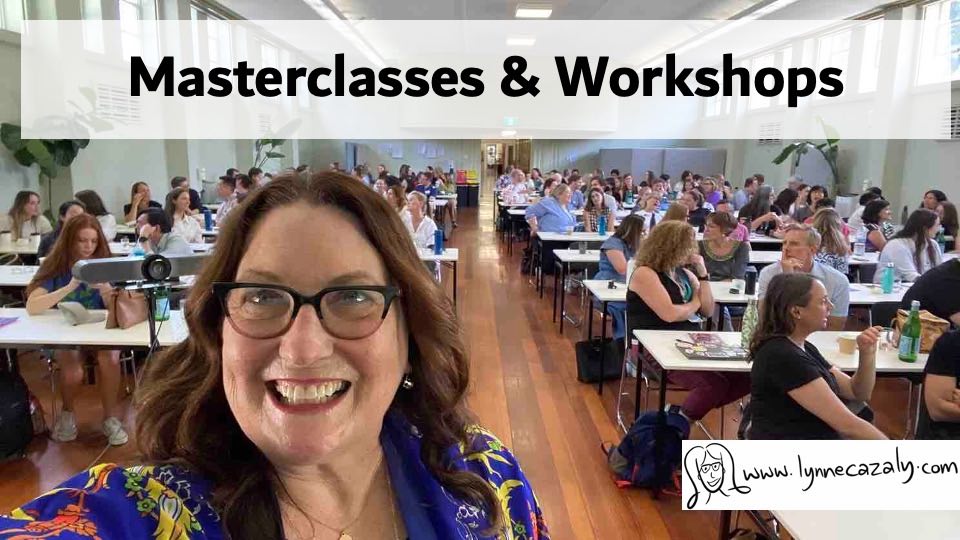Make your work visible
 Sunday, March 2, 2014 at 1:02PM
Sunday, March 2, 2014 at 1:02PM
Walking past a tall city building yesterday I noticed data on TV screens showing how much CO2 they were producing, how much electricity was being used and how much water was being consumed. There were other measures too but these were the big numbers. All on show. Their consumption and production…visible.
The TV screens and information caught my eye because I'd just finished a meeting at a client business who uses techniques of 'visual management' throughout the organisation, but on the inside of the building!
Here's what they make visible: the key tasks that teams are about to work on (to do), the tasks they are working on (doing), and tasks just completed (done). This info is visible throughout the business.
You never have to wonder what they do in any team or unit because you can see it! Pictures on the walls, sketches on noticeboards, data on monitors, handwritten information and post-it notes on charts.
So here is a tool for you...
This visual tool is one that will help you manage your:
To do
Doing, and
Done.
The approach of making work visible is based on a technique called Personal Kanban, adapted from the lean manufacturing world of building cars.
You make your work visible and minimise the number of tasks you're juggling!
In his book Personal Kanban, Jim Benson guides you to be more productive and effective, and transform tasks that can appear conceptual... into actionable steps.
It brings clarity to overloaded desks and those crazy-long 'to do' lists.
So the mini Kanban visual above is a page for you to click, save and print out.
Start putting a couple of items on your 'To Do' column. Write each task on a post it note. Move a task over to 'Doing' and start doing it.
When you're done, move it to the 'Done' column.
Then move another item over from 'To Do and start doing that.
I use this type of Kanban approach often - particularly when there is too much to do. Great clarity, focus and super-productive. It keeps work visible, it lets you and others know what you're working on. It's transparent, communicative and clear.
Niiiice! See?















